Canned Beans to Know: 5 To Buy And 5 To Skip
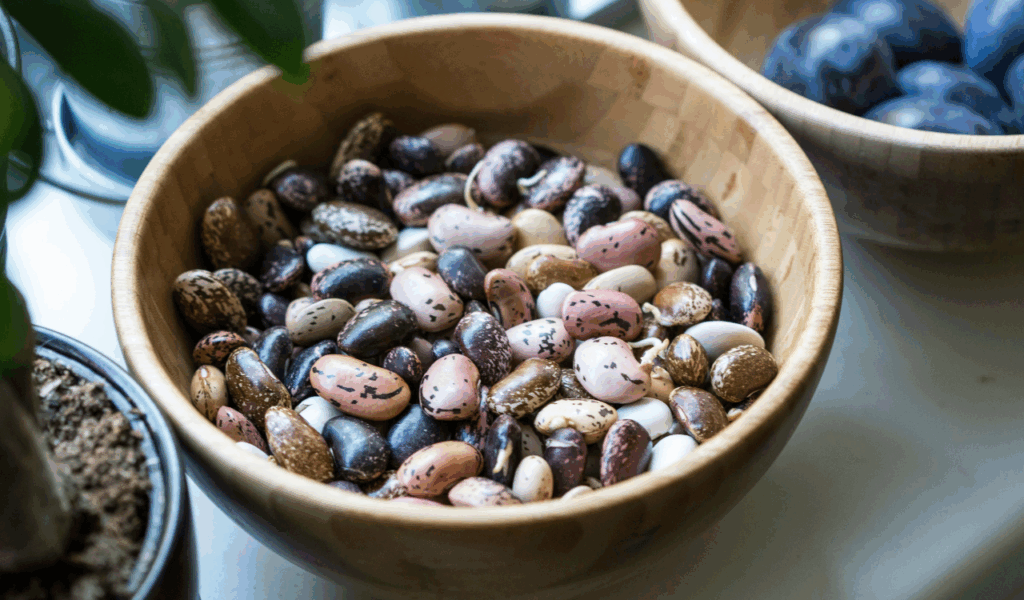
A true pantry staple, canned beans are high in plant protein and fiber and can be used in salads, soups, bowls, and quick stews. However, not every canned bean is made equally. Some have a lot of added sugar, salt, or other ingredients that make them less healthy. In this article, we will dissect Five canned beans you should purchase and five you should avoid or use infrequently, along with a detailed explanation of each. When you go shopping for canned goods, you’ll know what to look for and what to avoid. Bean aisle, along with advice on how to make the best one’s shine.
What makes a canned bean “good”?
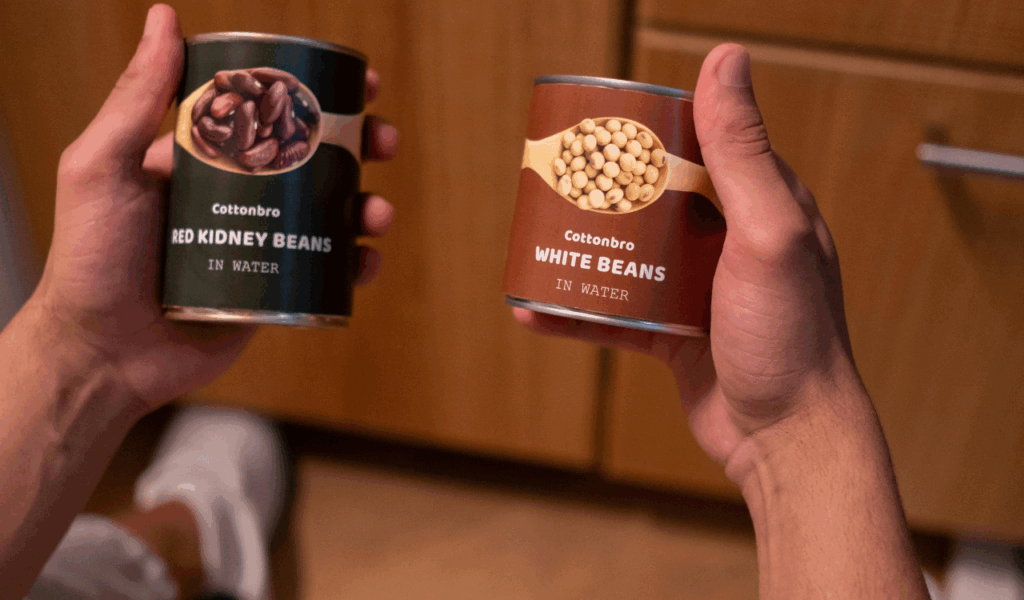
When a canned bean minimizes hazardous additives and packaging issues while maintaining the essential nutrients of the bean; fiber, protein, and micronutrients, it is deemed to be of high quality. Start by reading the nutrition label, which should include low sodium (or no added salt), no added sugars, few additives (such as thickening agents or preservatives), and ideally a lining that is safe or BPA-free. Additionally, take into account whether the bean variety, such as chickpeas, navy beans, or black beans, is inherently nutrient-dense. The majority of your home nutrition comes from a good canned bean. Cooked beans with little “junk” added and without the lengthy preparation time.
How processing affects nutrition

To guarantee safety and shelf life, canning entails cooking or blanching the beans, eliminating air, and sealing them under pressure and heat. Some heat can be reduced by that process. sensitive vitamins, especially B vitamins, and partially break down certain polyphenols, which are plant antioxidants. The majority of the calorie, protein, fiber, and mineral content, however, is still on par with cooked dried beans. The primary drawback is usually sodium: a lot of canned beans have a high salt content in their brine, which can be readily reduced by washing and selecting low-sodium varieties.
Top 5 canned beans to buy (and why)
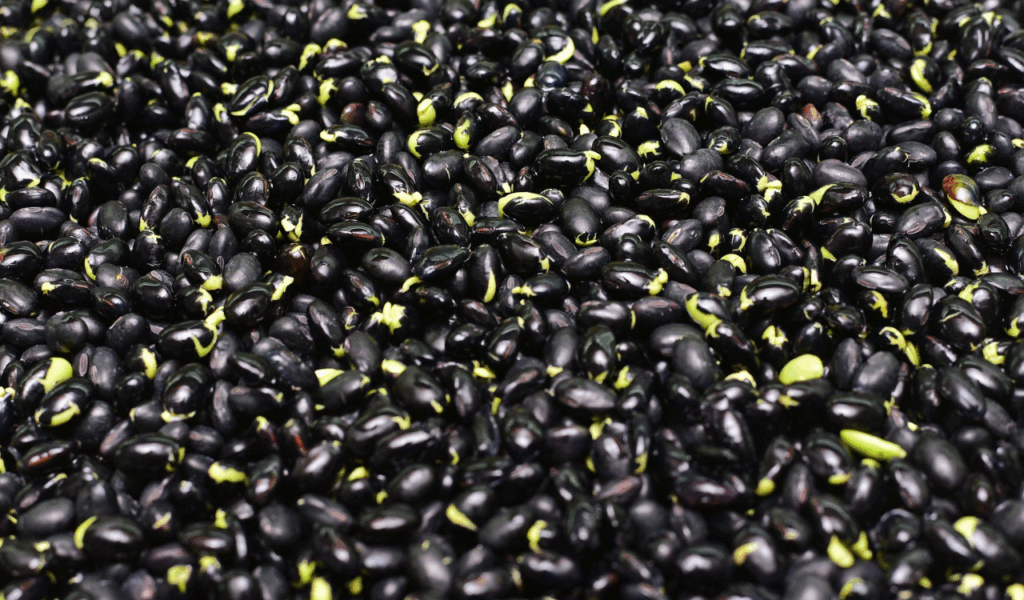
You can feel secure adding these five types of canned beans to your pantry:
- Black beans (low. sodium)– High in folate, magnesium, and fiber. They make an excellent foundation for Latin bowls, soups, or burritos when canned without additional salt.
- Navy (white) beans – High in soluble fiber, which may aid in the regulation of cholesterol; mild flavor and creamy texture.
- Chickpeas (garbanzo beans)– Extremely adaptable: mash into spreads or add to salads and curries. They provide good iron and folate.
- Pink beans (or light red kidney beans) no salt added– No salt was added. When you use less salt in stews or chili, these provide a softer texture and balanced.
- Red kidney beans (reduced sodium)– Firm texture and strong bean flavor make them a good stand-in for bean chilies or other spicy dishes when sodium levels are lowered.
These varieties give you flexibility while maintaining a large portion of the bean’s nutritional profile, particularly if you choose low-sodium additives. versions that are lighter.
Five canned beans (or varieties) to limit or avoid
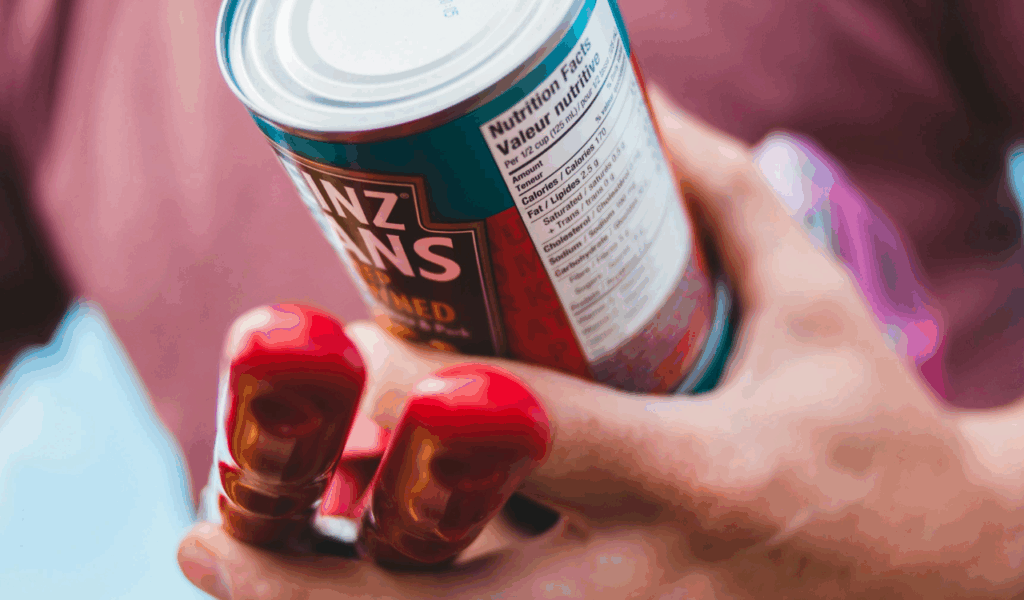
The following five varieties are ones you should steer clear of or use sparingly:
- Baked beans (in sugary sauce)– A bean is transformed into a dessert-like product by adding sugar, sodium, or flavorings.
- Refried beans in lard or heavy oil– The number of calories and saturated fat may be increased by the added fats and oils.
- Beans in chili sauce / “chili beans”– They are frequently found in thickened sauces that contain seasonings, sodium, and occasionally additives that compromise flavor and health control. (Crushed)
- Sweetened bean varieties (e.g. in syrup or sweet sauce)– Though uncommon, they are occasionally found in some cuisines; their sugar content makes them a less healthful choice.
- Beans canned in high. sodium brine (regular versions)– Even common beans (pinto, black, etc.) are held to a high standard. If salt brines aren’t rinsed or diluted, they could add too much sodium.
By limiting or avoiding these, you can make sure that eating beans stays a healthy habit rather than a covert sugar/salt bomb.
Smart shopping habits for canned beans
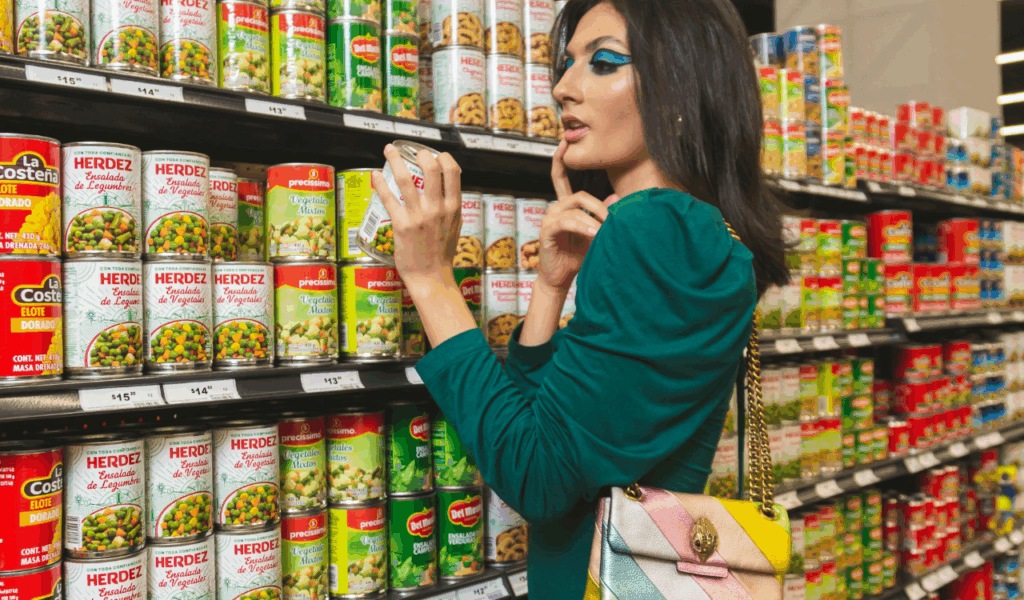
If you are shopping for canned beans, follow these steps: (a) always look for “no salt added” or “low sodium” versions; (b) check the ingredient list and replace any that list sugar, thickening agents, or unusual preservatives; (c) choose BPA.free or “no BPA” labels if they are available; (d) look for damage on the can (dents, bulges, or rust may indicate compromised safety); and (e) compare store.brand vs name.brand: The store-brand low-salt bean is frequently cheaper and just as good, if not better. This method is often recommended by dietitians.
Best ways to use your “buy” beans in meals
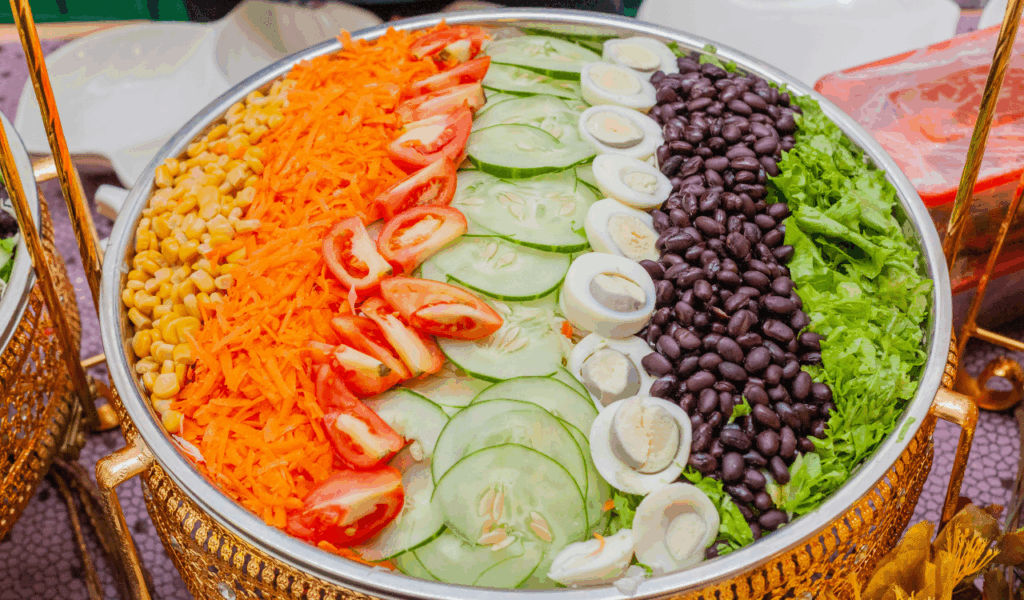
Use high-quality canned beans to enhance flavor. Forward meals: add to bean soups, stews, curries, burrito wraps, or grain bowls after thoroughly rinsing to get rid of extra sodium. They can be quickly pan-cooked or partially mashed to thicken dips or sauces. For added texture, fry them with spices. Additionally, beans are a great way to extend or replace meat in pasta, tacos, and burgers. They enhance the dish’s volume, provide protein and fiber, and go well with veggies. Consider them the backbone of your meals, much like meat or legumes.
How to minimize digestibility issues
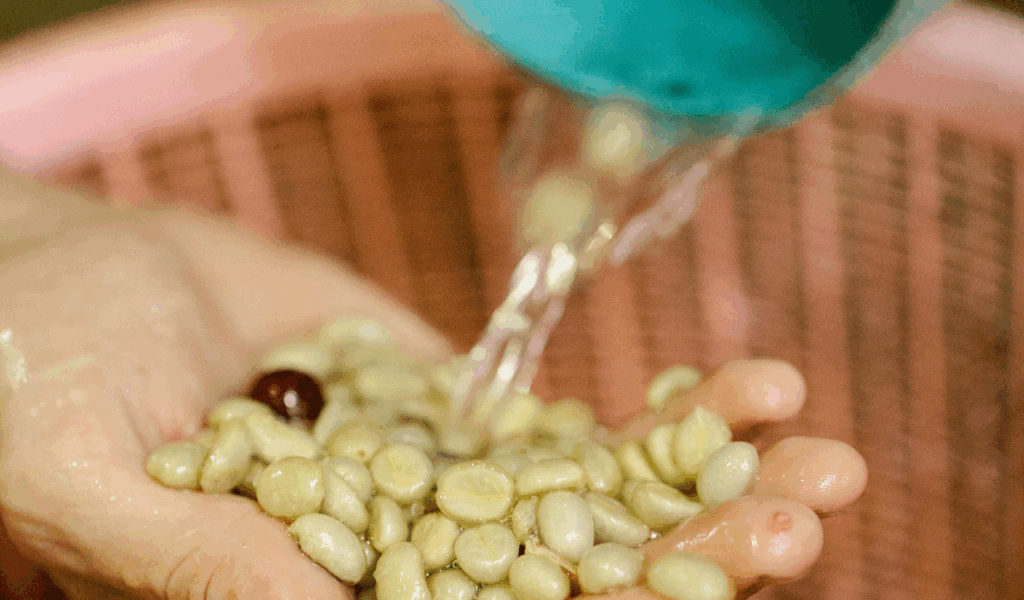
Some people may experience gas, bloating, or decreased mineral absorption due to the oligosaccharides (short-chain carbohydrates) and phytic acid found in beans. To lessen those effects, always rinse canned beans under water, soak them briefly again if you want, cook them (heat them thoroughly before eating, which further breaks down compounds), and combine with digestion. friendly foods (such as fennel, ginger, or cumin); and gradually add beans to your diet to allow your stomach to adjust. It’s a good idea for sensitive people to start with small portions.
Safety & shelf-life considerations
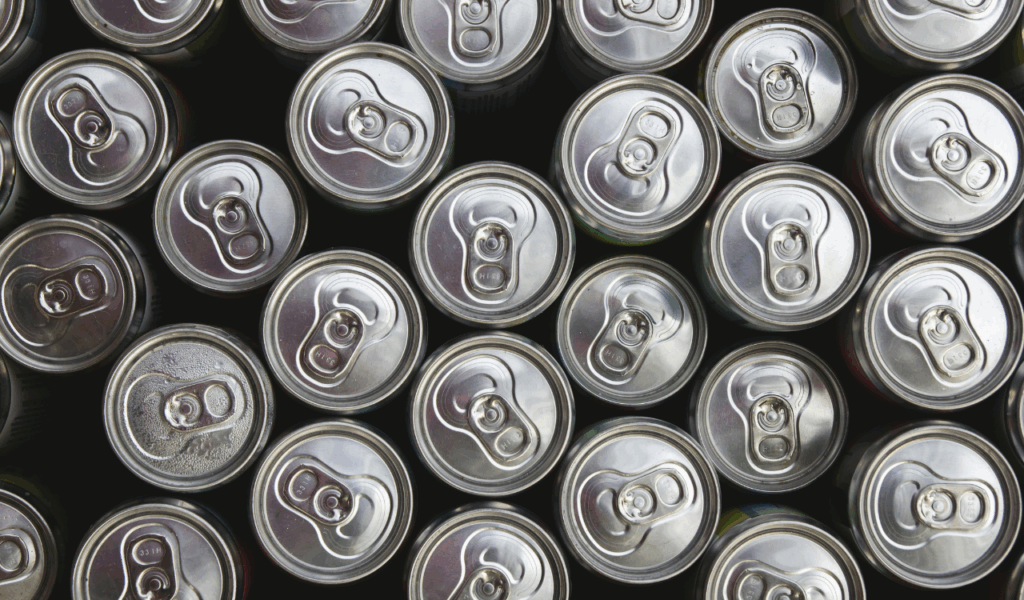
Because of their sealed, sterile packaging, canned beans are usually safe for years if stored correctly. For safety, however, steer clear of cans that are rusted, swollen, or dented; keep them in a cool, dry location; and, after opening, move any leftovers to a nonmetal container, store them in the refrigerator, and eat them within three to four days. Additionally, even though the majority of manufacturers have switched to safer internal linings, there is still a chance that some cans contain BPA or other chemicals; selecting “BPA.free” options lowers that risk.





